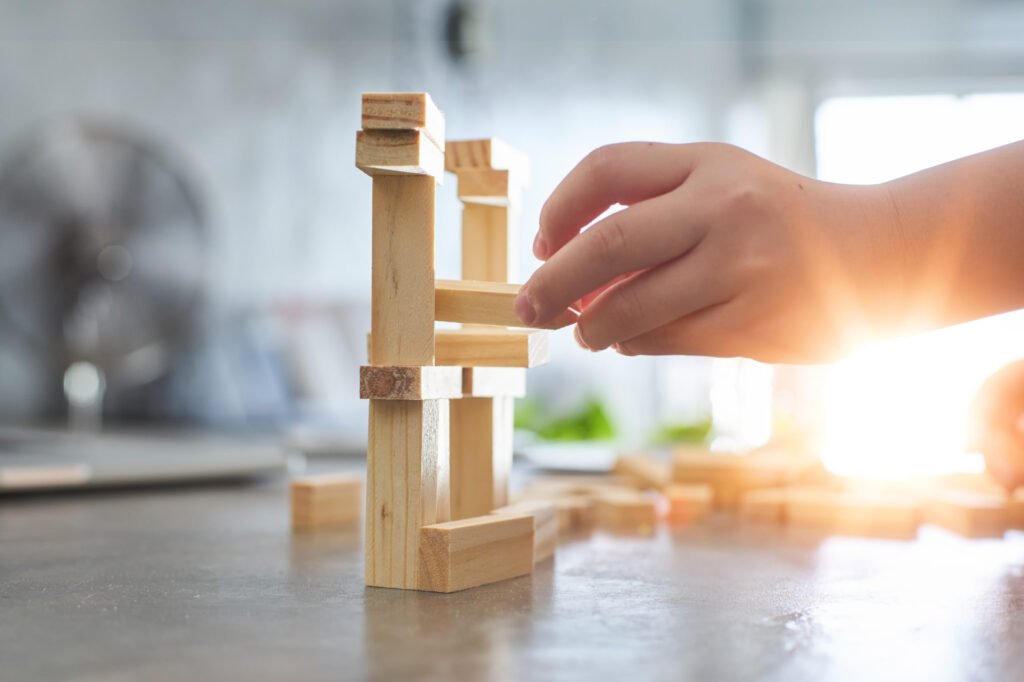Learning is a process through which human beings acquire or modify their abilities, skills, knowledge, or behaviors. It may seem like a simple process, but it is influenced by previous aspects such as anticipation, he eye contact, the sustained attention, the motivation…
You will have heard on many occasions that it is spoken of Meaningful LearningIt's learning that is integrated and modified, and is maintained over time, and that has a lot to do with an aspect that occurs within the process itself: generalizationGeneralization is the ability to transfer that learning to other environments, other people, other objects… for us, it's the unequivocal sign that the child has internalized that learning and is changing their approach to life and their environment.
In the ABA methodology, this generalization process carries great weight because it is what advances one along the evolutionary ladder and is the final point in the learning of any skill, ability, knowledge, or behavior.
When programming from an ABA perspective, the following generalizations are made:
- Environments: As the main areas of intervention in a child's life we will have:
a. The house
b. The school
But we can also make interventions in other environments surrounding the child that will test the consistency of their learning: the park, the supermarket, at school, at the shoe store... The child is given tools so that all learning and all behavioral control remain the same in each environment in which they participate. - Spaces: Let's imagine within each of those environments that we mentioned the spaces and consequently the different activities within each space, for example: a house… work in the bedroom, in the kitchen, in the parents' room, in the hallway, in the living room...
- People: that the child is able to respond equally to any person in his environment, his mother, his father, his siblings, teacher, grandparent... any person in his environment.
- Formats: All sorts of generalizations are also made regarding materials: we find, for example, work on 3D, 2D or book material. We also work with the real image format, drawn image, abstract or graphic form.
- Provisions: How different a skill is whether sitting at a table, standing, or sitting on the floor. All this variability gives children the opportunity to maintain these learnings in any environment they find themselves in.
Generalization is the most difficult test for a "typical" child; imagine the effort required to inhibit stimuli, adapt, control transitions, and motivate the activity that each of these processes requires.
Tell us how your children handle all these aspects. We're sure that by analyzing them, you'll be able to diagnose difficulties, strengths, and other areas of weakness for direct intervention in their generalization of skills!
Cristina Oroz Bajo

